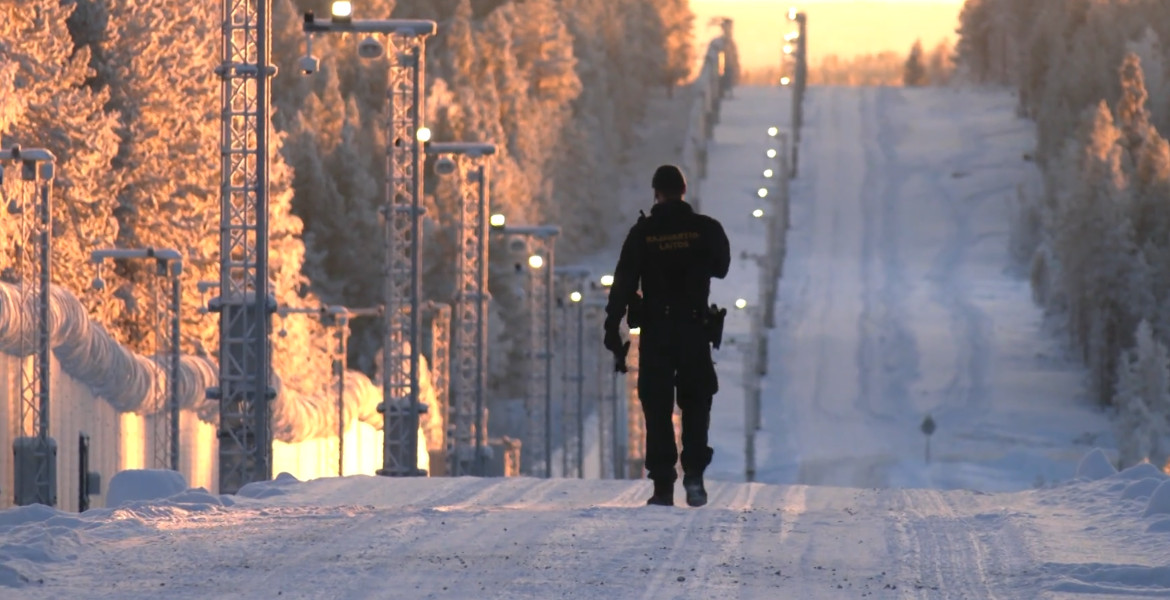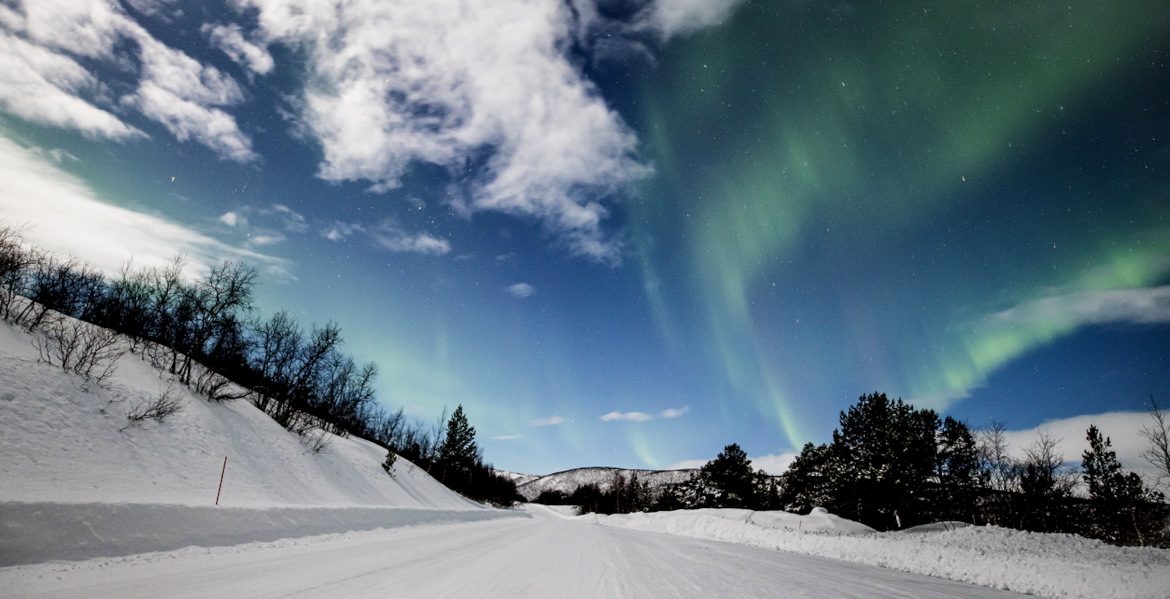A secondary school in Finland does not ban the use of computers, but encourages students to use paper and pencil in class instead. The reason is to reduce unnecessary use of screens.
In Sweden, there are plans for a total ban on cell phones in all primary schools, something the government and the Sweden Democrats agreed on after the latest PISA survey showed that about a quarter of Swedish 15-year-olds cannot read or count correctly.
Finland has concluded that a cell phone ban is not currently relevant for schools, arguing among other things that such a ban does not guarantee better PISA results. Finland's 15-year-olds, like Sweden's, did not perform well in the survey, which showed a decline in both math and reading skills.
Nevertheless, some schools, including the Brändö Upper Secondary School in Helsinki, have introduced a ban on cell phones in class.
Divided opinions
However, Larkspur Upper Secondary School in Helsinki has taken a different approach to reducing students' screen time. Instead of banning, or not banning, students are encouraged to use paper and pencil. All students have been given notebooks, but computers are still available.
– Everyone chooses how they want to take notes, but if you don't want to take notes on the computer, feel free to close it. The idea of the notebooks is to create a way to get away from the screens, teacher Martin Nugent told Finnish state broadcaster Yle.
Students have mixed opinions about the notebooks, with student Nikita Leuchanka, for example, saying it would be good to use both.
– In social studies, the computer is better because you can write more information in dot form. But in math or physics, it is easier to write formulas by hand.




